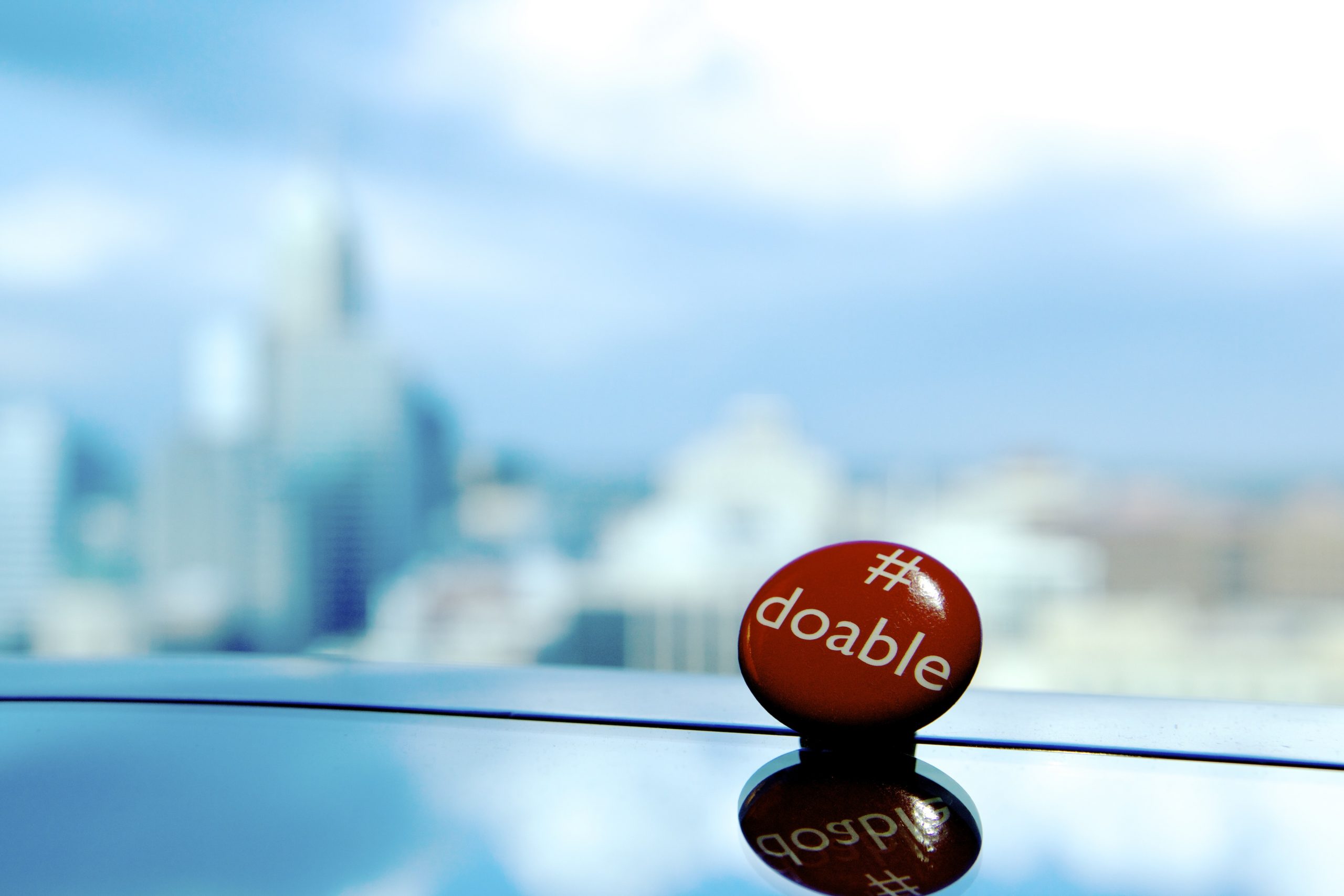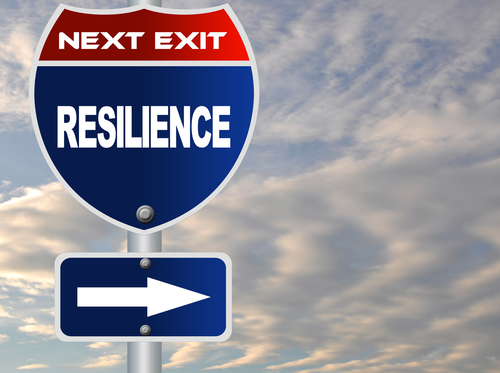
Sign language interpreters have an obligation to improve our profession while empowering the Deaf community in which we work. What #doable actions will you take to build relationships and become an ally?
I was privileged enough to serve as a full-time conference interpreter at the 2013 RID Conference in Indianapolis, Indiana. I was, as always, thrilled to have the opportunity to work with incredible colleagues, meet new people, and reconnect with old friends. After nearly 25 years in the field of sign language interpreting it is like a delicious treat to revisit those with whom you have created history, and to re-imagine the future that could be.
One of the unique features of this conference was the Community Forum. While this forum may have been a difficult process for many of the participants, the critical take-away message that I found quite heartening was: “The Deaf Community wants you and misses you and wonders where things broke down.” The “you” in this observation is “sign language interpreters,” all interpreters.
The #Doable Challenge
The challenge extended by leaders of the Community Forum was to find actions that were “doable” in our quest to reunite the Deaf and interpreting communities. The challenge included using these actions as a jumping-off point from which to fortify these relationships and the profession that all of us have worked so hard to build. The Twitter hashtag used during the conference was #doable.
Finding #Doable Actions
There are four primary ways you can uncover #doable actions:
1. Look Inward
It is a harsh reality, but despite one’s best intentions, even the most vigilant interpreters (and I count myself among them) can engage in audism. This unwitting participation in what has become the most insidious type of oppression is hard to take once you realize you have, and may still be, engaged in it. Take a look at your own internal beliefs and practices. Are you doing something as “innocuous” as choosing the Deaf participant’s seat at an event at which you are providing interpreting services? Are you answering questions from a hearing participant that would be better answered by the Deaf participant?
Are you collaborating with the Deaf participant or dictating to them instead? Look for the opportunities to work as an ally and collaborator rather than persisting in maintaining a hierarchical relationship.
2. Look Outward
What opportunities are there to create change in your immediate geographic area or community? How can you show your commitment to the field of sign language interpreting while simultaneously showing your gratitude for the Deaf Community and the career it allows you to have? What kinds of things can you do to outwardly express the richness that ASL and the Deaf Community have brought to your life?
3. Look Backward
Since the 2013 RID Conference was RID’s 50th year anniversary event, history was a critical component of celebrating what is still a relatively young field. I was inspired to see some of the original founders of RID at this convention and to feel their passion as they shared experiences from their journey over the last half-century. You can see some of it via the StreetLeverage social media coverage of the conference.
One of the things that struck me was the passion of those CODAs who spoke about their earliest experiences interpreting for their parents, and what the changes in the field of sign language interpreting (in which they must feel so much ownership) has meant to them and their families. I have so much respect for CODAs who never “leave” the Deaf Community and “go home.” The Deaf Community, for them, is home. Small wonder why they are so protective of it. There is so much value in learning from those who have come before you. Spend time with these members of your community. Ask them to share their experiences. Take advantage of the opportunity to learn from what they share: both the successes and trials.
4. Look Forward
One of the things that excites me more than anything else is student interpreters and recent interpreter program graduates. These folks are excited, energized, and ready to be the next communication bridges between the Deaf and hearing worlds. There is nothing more inspiring to me than watching a new sign language interpreter suddenly become a colleague. Get involved in the future of the interpreting field. Try to find ways to help impact the future of the field for the better. As shared in the StreetLeverage – Live 2013 | Atlanta I am change video and to quote an often used adage, “Be the change you would like to see in the world.” While learning from and valuing our past is important, not dwelling on it is also good advice.
Taking #Doable Action
There are so many things that we can choose to engage in to both support one another as colleagues and to support the Deaf Community as Allies. I couldn’t hope to list them all here, but I wanted to give you a short list of actions we can all take to begin to repair the seeming void that has fragmented our shared world:
1. Patronize Deaf Businesses/Service Providers
Support the folks who are in the Community that gives you business by giving some back to them! A few ways you can do this are to:
-
- Encourage the use of CDIs
- Patronize Deaf businesses where possible
- Refer people seeking resources back to the Deaf Community
As Trudy Suggs suggests in her StreetLeverage – Live talk, Deaf Disempowerment and Today’s Interpreter, this reciprocity–choices to patronize deaf businesses–empowers the deaf community while fortifying the relationship between the two communities.
2. Get Involved in the Local Deaf Community
This can seem daunting in the age of fewer and fewer Deaf clubs, and fewer and fewer regular gatherings of Deaf people. However, there are always opportunities to volunteer at Deaf events like theatrical productions, residential school programs, Deaf group homes for the elderly, Deaf Sports teams, or other organizations that cater to whatever facet of Deaf society you might find compelling. Don’t let technology get in the way of real, 3-D interaction. Find a way to make it happen!!
3. Engage in Pro-Bono Work
This idea is often met with contention. Many sign language interpreters believe if they engage in pro-bono work that requesting entities will assume all interpreters will work “for free” and that ultimately doing such work will undermine the efficacy of such laws as the Americans with Disabilities Act. However, there are opportunities to donate your services to organizations that are well-deserving or otherwise not covered under the various accommodations laws we have in place. Think about things like Oxford House meetings (for recovering substance abusers), AA or NA meetings, religious services or events, non-profit events such as Race for the Cure (Breast Cancer). Find what speaks to you and donate a few hours of service. More on how pro bono work can enhance your work can be found in Brandon Arthur’s article, 5 Easy Career Enhancers for Sign Language Interpreters.
4. Define the Future
Be a resource not only to Deaf Community members who seek information, but also to those up-and-coming sign language interpreters who strive to do right by serving the Deaf Community and the field of interpreting admirably. Volunteer to speak at your local interpreter training program about a topic that you are passionate about. Host a Q&A of veteran interpreters, giving new interpreters opportunity to ask their burning questions. Host a Deaf Community Panel where Deaf panelists can speak about the qualities they look for when hiring an interpreter, as well as those qualities they don’t find so desirable. Mentor new interpreters whenever you can. The idea that mentoring someone new is somehow putting oneself out of a job is ludicrous. It is our responsibility as veteran interpreters to ensure that when we are gone, there are other incredible interpreters out there to take our places, as Brian Morrison so eloquently stated in his post, It Takes a Village to Raise a Sign Language Interpreter.
In order to preserve our legacy, we must leave positive impressions on the lives of the next generation.
5. Leave Your Ego at the Door
It is hard to receive criticism (constructive or otherwise), and it is even harder to do so without being defensive. Work on ways to accept such feedback without defending yourself. Kendra Keller’s article, Case Discussion: Sign Language Interpreters Contain Their Inner “What the …!!!?”, helps us consider ways to think about what is being expressed as a genuine gift and something that can be used to improve future interactions. Even if, after reflecting on a situation, you decide that you still disagree with the criticism, consider the perception of the person who gave you the feedback and realize that something in the setting compelled them to give you that feedback. Figure out if there is anything you can do to improve the situation for the next time.
6. Gratitude
Remember to express your gratitude.
I am so lucky. I fell into the field of interpreting by chance. I am grateful to have been accepted into an incredible new culture while learning a completely new language. Here it is, 25 years later, and I can’t begin to count the people, both Deaf and hearing, who have guided me on this path. In keeping with Brandon Arthur’s article, Sign Language Interpreters and the Karma of Gratitude, I offer my thanks to those who have shared in my journey.
To all of you who taught me: thank you. To all of you who helped me grow: thank you. For all the unique and incredible experiences: thank you! To all of you who will graciously teach me new things each day: thank you.
Let’s always remember where we came from, how we got to where we are today, and those who have shared in our journeys.
In Conclusion
This is our profession and, as such, we need to commit to being actively engaged in shaping the future in order to preserve a legacy of which we can be proud. It starts by individually leaving positive impressions with every interaction. When I look back at the impressions I have left on my field and the Deaf Community, I want to see that in some way I have helped to improve the profession while empowering the community in which I work. It isn’t money, status, or recognition that makes someone a good interpreter– it is integrity, respect for the language and culture, and a commitment to betterment of oneself while empowering the community.
Make these ideals your mission and become another ally in the quest to build sign language interpreter/Deaf Community relationships.



